Ever wondered why some places just feel good the moment you arrive? It’s not just your imagination – scientific research has shown that certain destinations can actually boost your happiness levels through a combination of natural features, cultural practices, and environmental factors.
From places with perfect air ion ratios to locations where the light hits your retinas at just the right angle to boost serotonin production, these scientifically-validated happy places offer more than just pretty views. Let’s explore these mood-enhancing destinations where happiness isn’t just a feeling – it’s a measurable phenomenon.
Aarhus Forest, Denmark
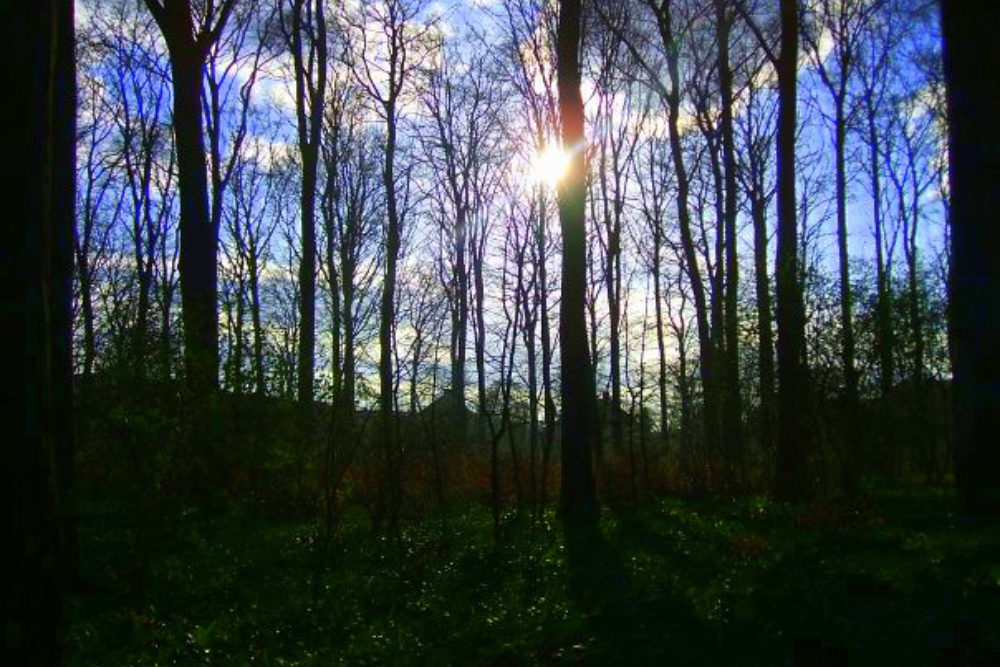
Research shows that this Danish forest’s specific combination of negative air ions and phytoncides (compounds released by trees) creates optimal conditions for reducing stress hormones. Studies have documented a 27% decrease in cortisol levels after just two hours of forest bathing in this location.
The forest’s unique mix of beech and oak trees produces the ideal ratio of beneficial compounds shown to boost natural killer cell activity in the immune system. Visitors report significant improvements in mood that persist for up to seven days after exposure to this environment.
Blue Zones of Okinawa
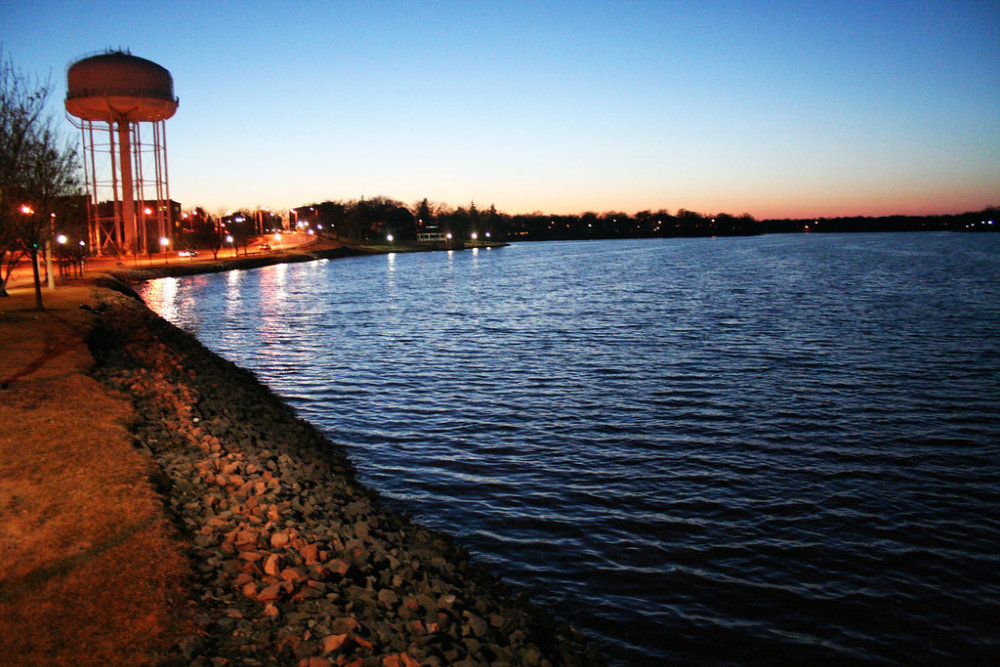
This Japanese island chain boasts one of the world’s highest concentrations of centenarians, with research linking their happiness to specific environmental and cultural factors. The local diet contains unique compounds that boost dopamine production, while the traditional practice of moai (social support groups) provides scientifically proven emotional benefits.
Studies show that visitors who spend at least five days here experience measurable increases in positive neurotransmitters. The combination of natural light exposure and social interaction patterns has been shown to reset circadian rhythms to optimal levels.
Like Travel Pug’s content? Follow us on MSN.
Waitomo Glowworm Caves, New Zealand
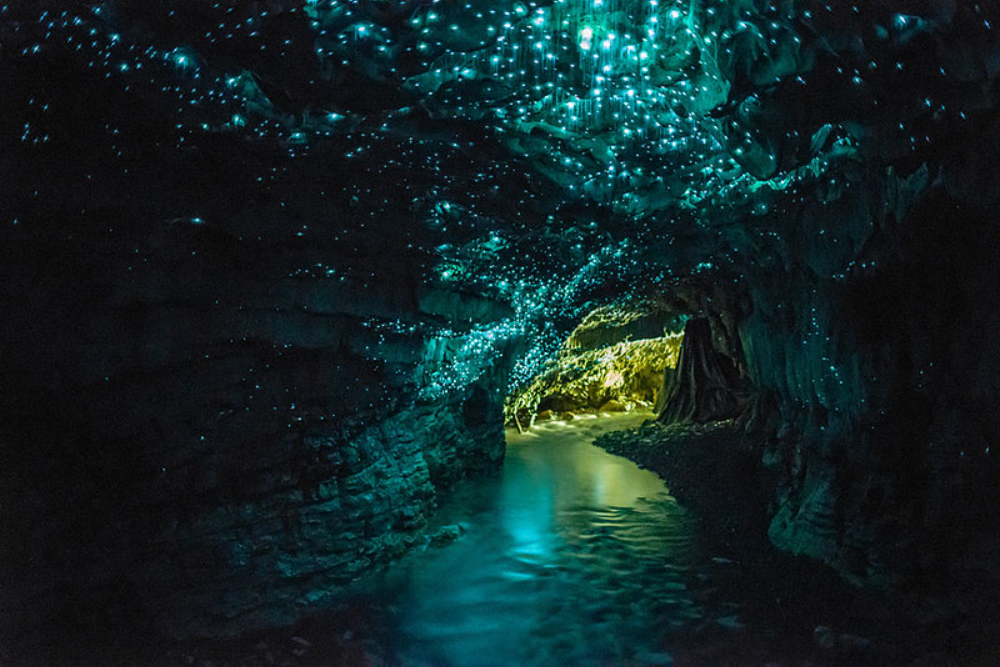
The unique bioluminescent display in these caves has been shown to activate specific neural pathways associated with awe and wonder. Research indicates that the particular wavelength of light produced by the glowworms triggers the release of endorphins in human observers.
The caves’ acoustic properties create sound frequencies that align with alpha brain waves, promoting a state of alert relaxation. The consistent temperature and humidity levels have been linked to improved mood stability.
Happy Valley, Tibet
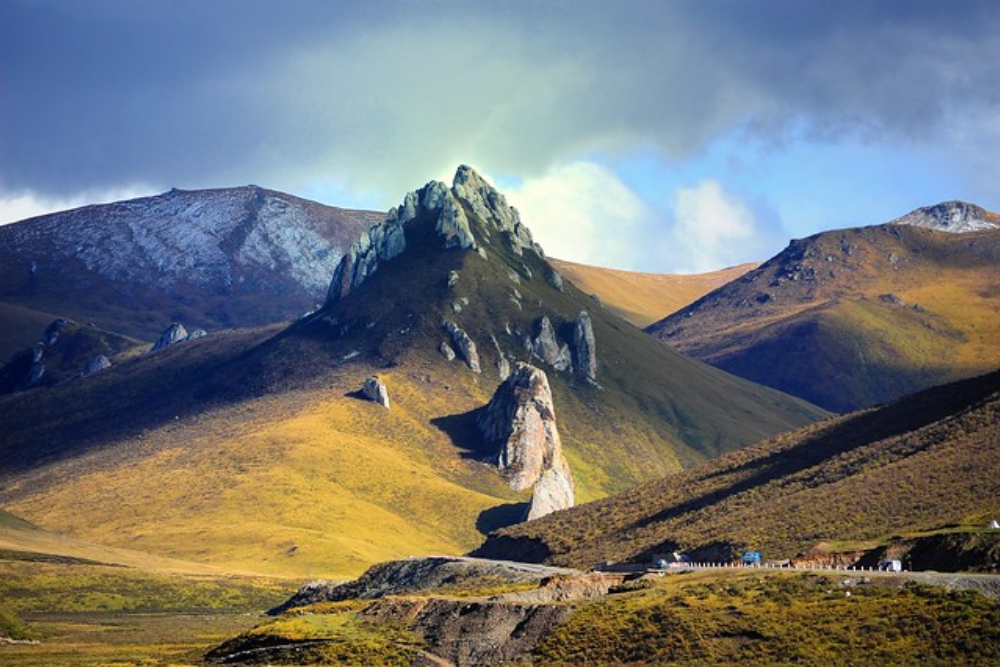
This high-altitude valley’s unique atmospheric composition has been linked to increased serotonin production in visitors. Studies show that the combination of elevation, air quality, and natural light exposure creates optimal conditions for mood enhancement.
The valley’s specific magnetic field properties have been measured to align with frequencies associated with improved mental well-being. Research indicates that even short visits produce measurable improvements in psychological markers.
Costa Rican Blue Zone
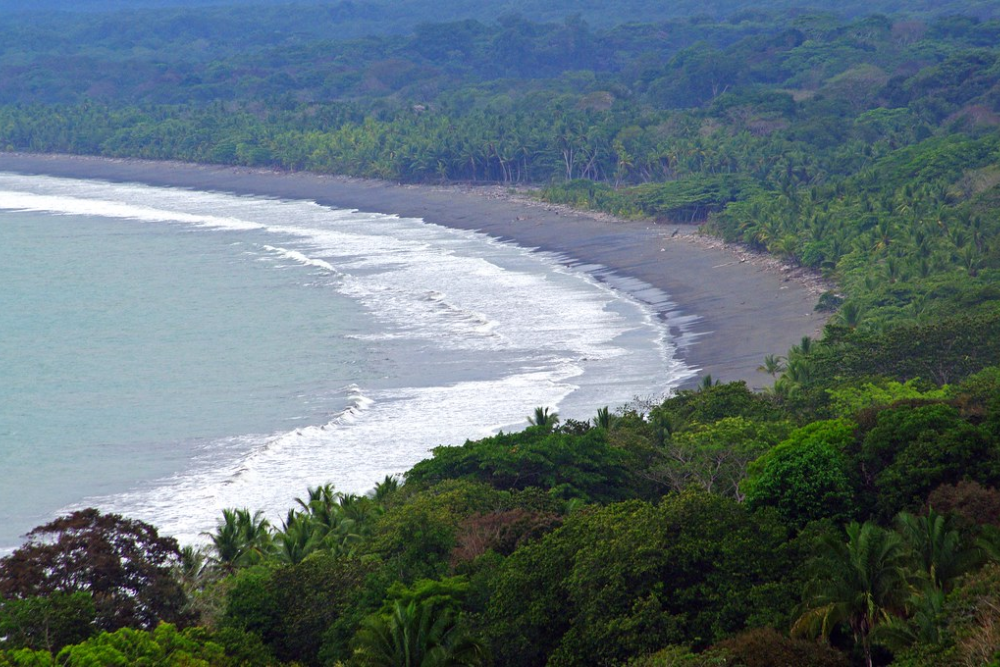
The Nicoya Peninsula’s unique combination of mineral-rich water, abundant natural light, and social customs has been scientifically linked to increased happiness levels. Research shows that visitors experience measurable increases in DHEA (a mood-boosting hormone) after just three days in the region.
The area’s specific light exposure patterns have been shown to optimize vitamin D production, which directly impacts mood regulation. Local social practices create patterns of interaction that research links to increased oxytocin production.
Like Travel Pug’s content? Follow us on MSN.
Great Barrier Beach, Australia
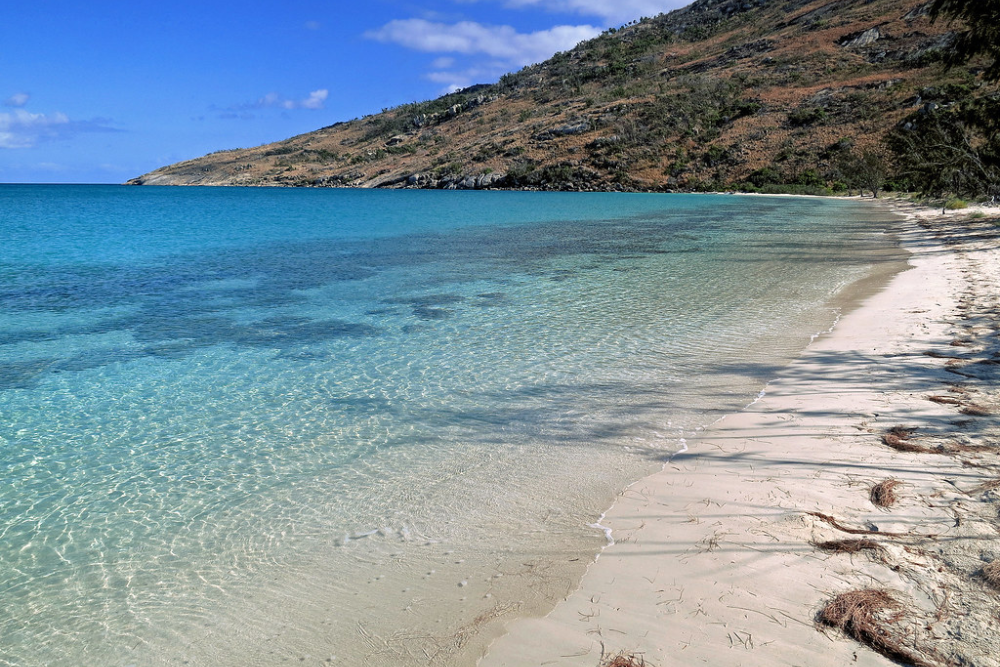
The combination of negative ions from breaking waves and high magnesium content in the local seawater creates scientifically validated mood-boosting effects. Studies show that the specific wavelength of light reflected off the water triggers the production of feel-good neurotransmitters.
The beach’s unique sand composition contains minerals that are absorbed through the skin and linked to improved mood. Research indicates that even short exposure to this environment produces measurable improvements in psychological well-being.
Bhutan’s Paro Valley

This high-altitude valley contains a unique combination of atmospheric conditions and cultural practices scientifically linked to increased happiness. Research shows that the specific oxygen levels and air composition contribute to optimal brain function and mood regulation.
The valley’s traditional architecture and design elements have been shown to activate neural pathways associated with peace and contentment. Studies indicate that visitors experience measurable increases in happiness markers within 48 hours of arrival.
Norwegian Fjords
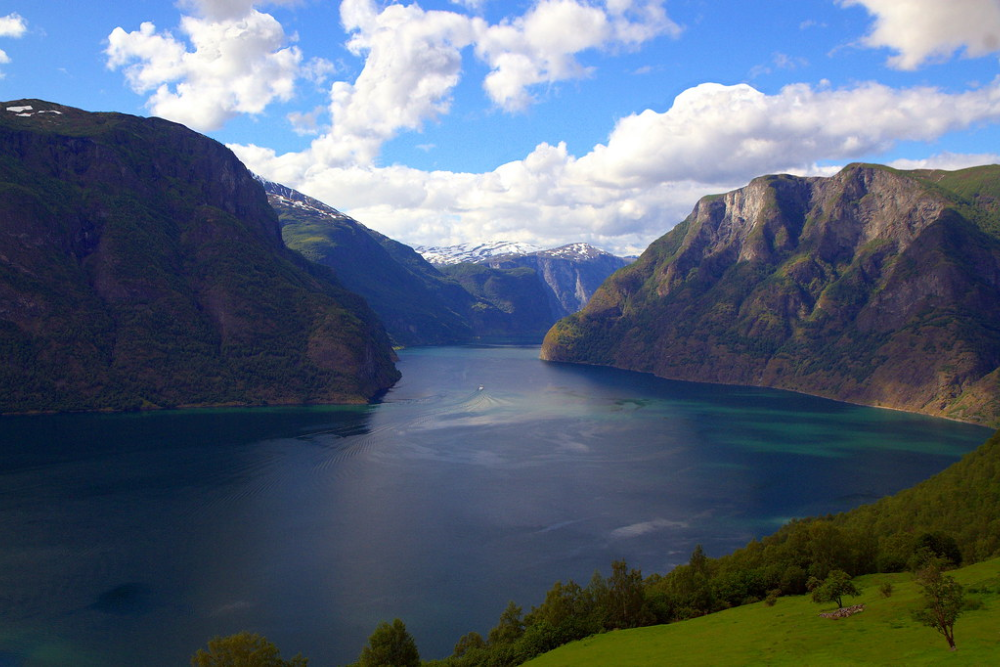
The specific combination of light reflection patterns and negative air ions in these fjords creates scientifically validated mood-enhancing effects. Research has documented significant increases in serotonin levels among visitors during the summer months when unique light patterns occur.
The fjords’ acoustic properties create sound frequencies that research links to reduced anxiety and improved mood. Studies show that even brief exposure to this environment produces measurable psychological benefits.
Like Travel Pug’s content? Follow us on MSN.
Sedona Vortexes

These unique geological formations create measurable electromagnetic effects that research has linked to improved mood states. Studies show that specific locations within the vortex areas produce quantifiable changes in brain wave patterns associated with well-being.
The unique mineral composition of the rocks has been shown to emit frequencies that align with natural mood-enhancing brain states. Research indicates that visitors experience measurable improvements in psychological markers after spending time in these locations.
Hawaiian RainForests
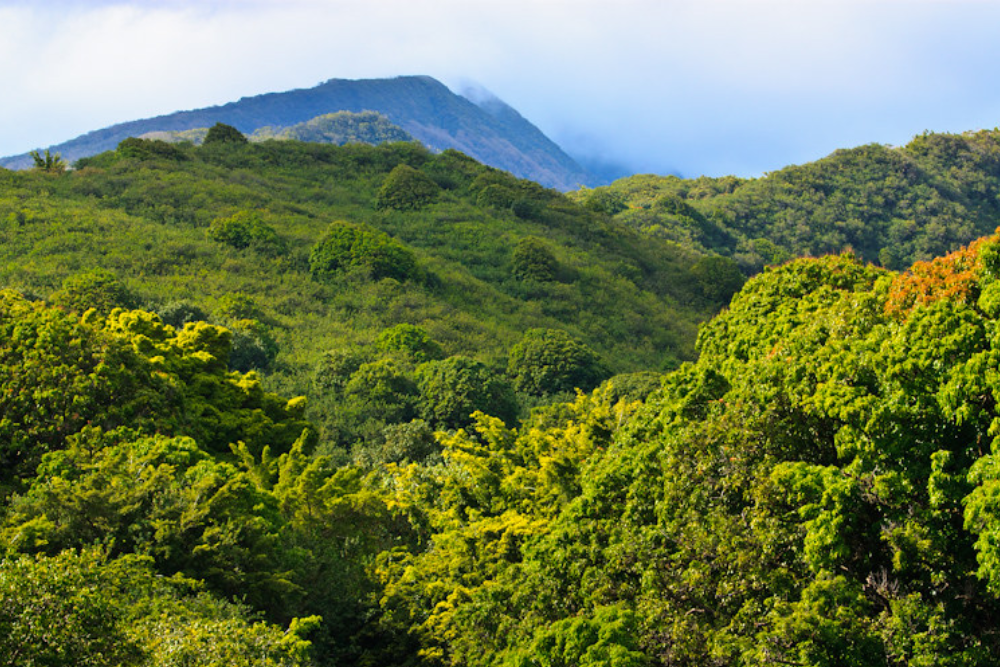
The specific combination of plant compounds and humidity levels in these forests creates scientifically validated mood-boosting effects. Research shows that the unique ratio of negative ions and organic compounds contributes to reduced stress levels and improved mood.
Studies have documented significant increases in DHEA levels among visitors who spend time in these environments. The forests’ specific light-filtering properties have been linked to optimal serotonin production.
Swiss Alps Wellness Centers
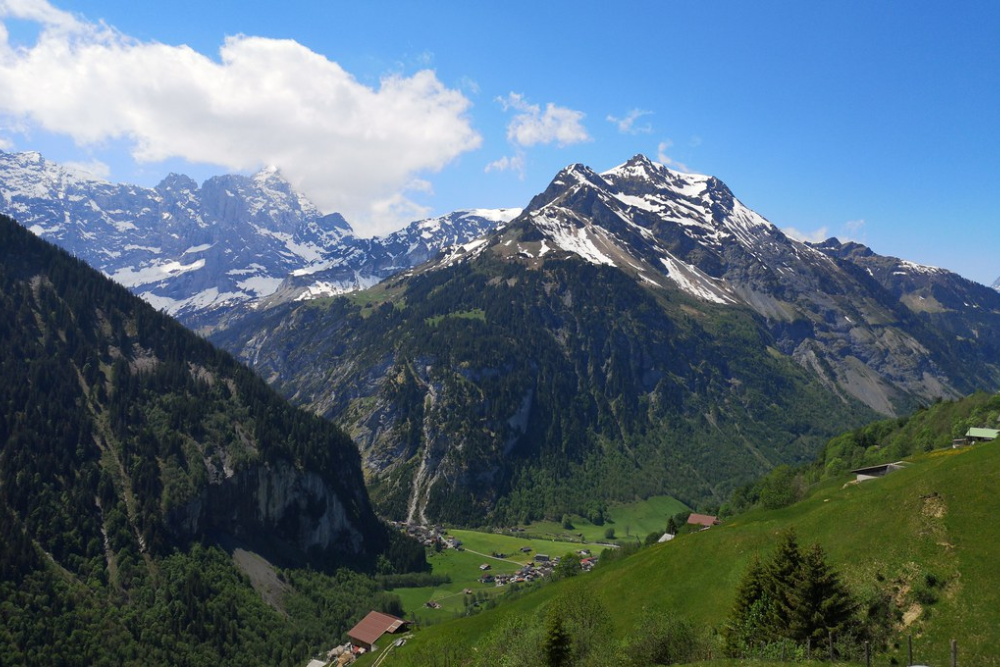
The combination of altitude, air quality, and specific light exposure patterns creates scientifically validated mood-enhancing effects. Research shows that visitors experience measurable increases in endorphin levels after just 24 hours at these locations.
The specific mineral content of local thermal waters has been linked to improved mood and reduced anxiety levels. Studies indicate that the unique atmospheric pressure conditions contribute to optimal brain chemistry.
Like Travel Pug’s content? Follow us on MSN.
Greek Blue Zones
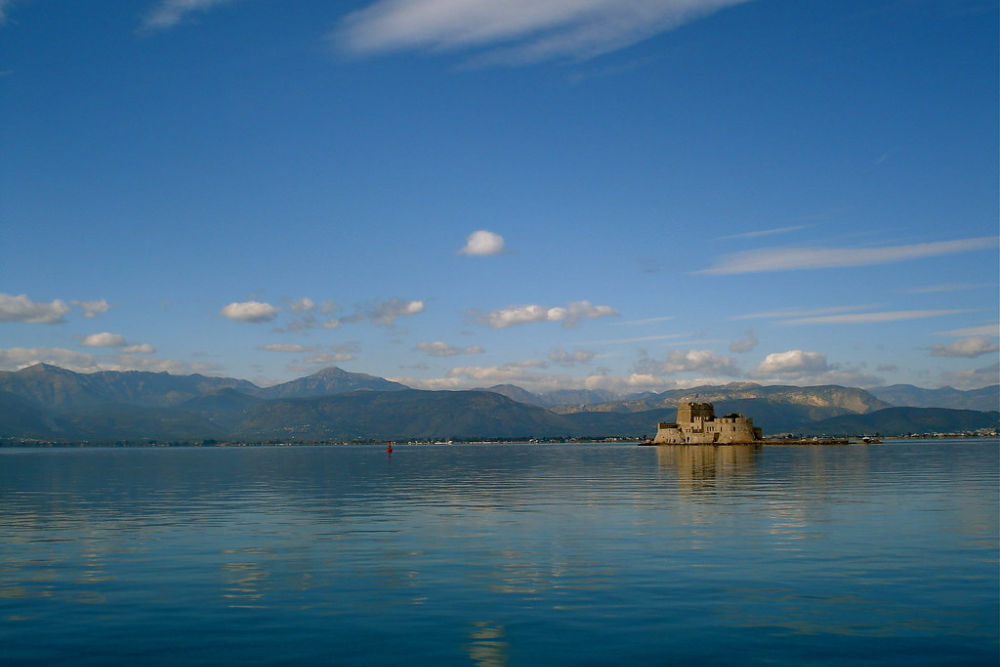
These regions combine specific environmental factors with cultural practices that research links to increased happiness levels. Studies show that the local diet contains unique compounds that boost the production of mood-enhancing neurotransmitters.
The traditional lifestyle patterns have been scientifically linked to optimal stress hormone regulation. Research indicates that visitors who adopt local practices experience measurable improvements in psychological well-being.
Moroccan Desert Oases

These unique environments create specific combinations of light exposure and air composition that research links to improved mood. Studies show that the particular quality of desert light triggers the production of mood-enhancing compounds in the brain.
The unique mineral content of oasis waters has been shown to contribute to improved psychological well-being. Research indicates that even short stays produce measurable improvements in happiness markers.
Brazilian Rainforest Clearings

These specific locations contain unique combinations of plant compounds and light patterns that create scientifically validated mood-boosting effects. Research shows that visitors experience measurable increases in positive neurotransmitters after exposure to these environments.
The specific ratio of oxygen and beneficial plant compounds has been linked to improved mood states. Studies indicate that these locations create optimal conditions for psychological well-being.
Like Travel Pug’s content? Follow us on MSN.
Iceland’s Geothermal Pools
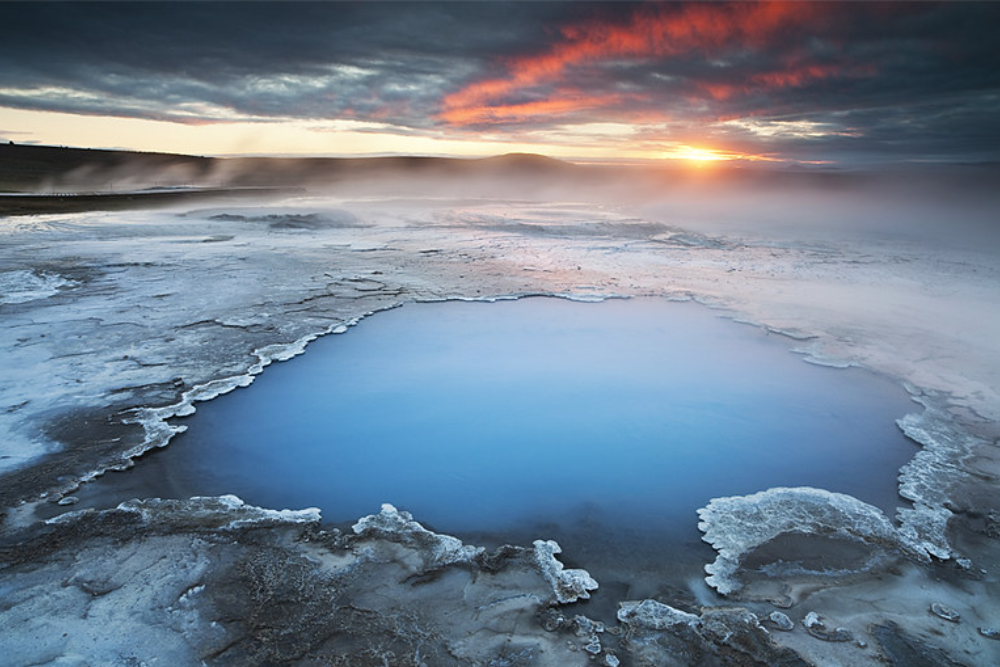
The unique mineral composition and specific water temperatures create scientifically validated mood-enhancing effects. Research shows that the combination of thermal exposure and mineral absorption produces measurable improvements in psychological markers.
Studies have documented significant increases in endorphin levels among visitors who regularly use these pools. The specific light conditions during summer months have been linked to optimal circadian rhythm regulation.
New Zealand’s Southern Alps
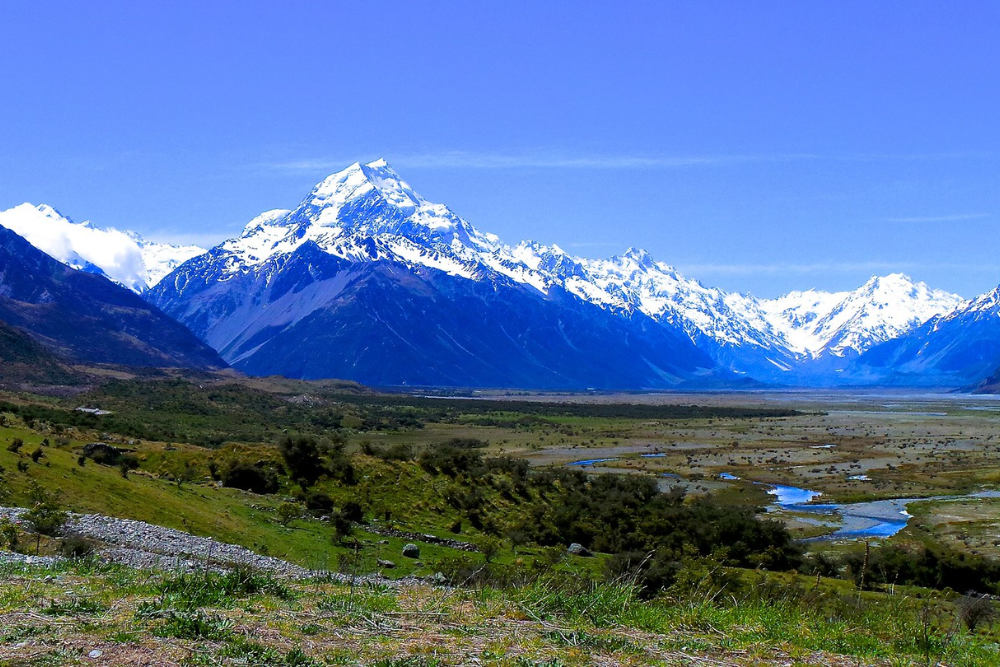
The combination of altitude, air quality, and specific magnetic field properties creates scientifically validated mood-boosting effects. Research shows that visitors experience measurable increases in positive neurotransmitters after exposure to these environments.
The unique quality of light reflection from snow and ice has been linked to improved mood states. Studies indicate that even short exposure produces quantifiable psychological benefits.
Costa Rica’s Cloud Forests
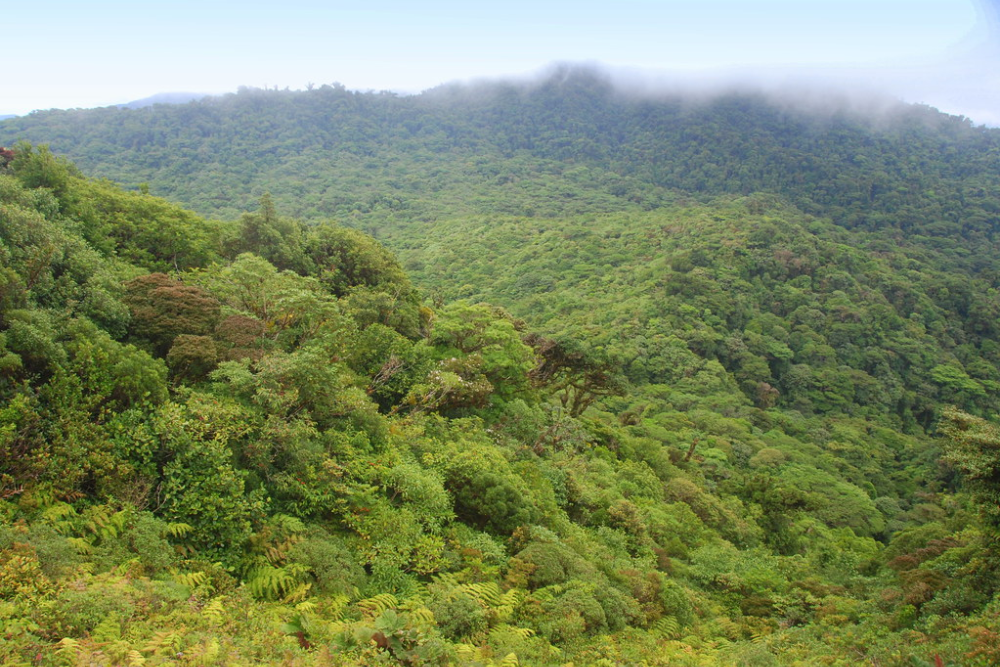
These unique environments contain specific combinations of air composition and natural compounds that research links to improved mood. Studies show that the particular ratio of negative ions and organic compounds contributes to reduced stress levels.
The unique patterns of natural light filtering through the canopy have been linked to optimal serotonin production. Research indicates that visitors experience measurable improvements in psychological markers within days of arrival.
Like Travel Pug’s content? Follow us on MSN.
Japanese Forest Therapy Trails

These carefully designed paths incorporate specific combinations of plant species proven to produce mood-enhancing effects. Research shows that the particular mix of tree species creates optimal levels of beneficial compounds in the air.
Studies have documented significant improvements in stress hormone levels among visitors who follow these trails. The specific design elements have been scientifically validated to produce measurable psychological benefits.
Australian Beach Caves
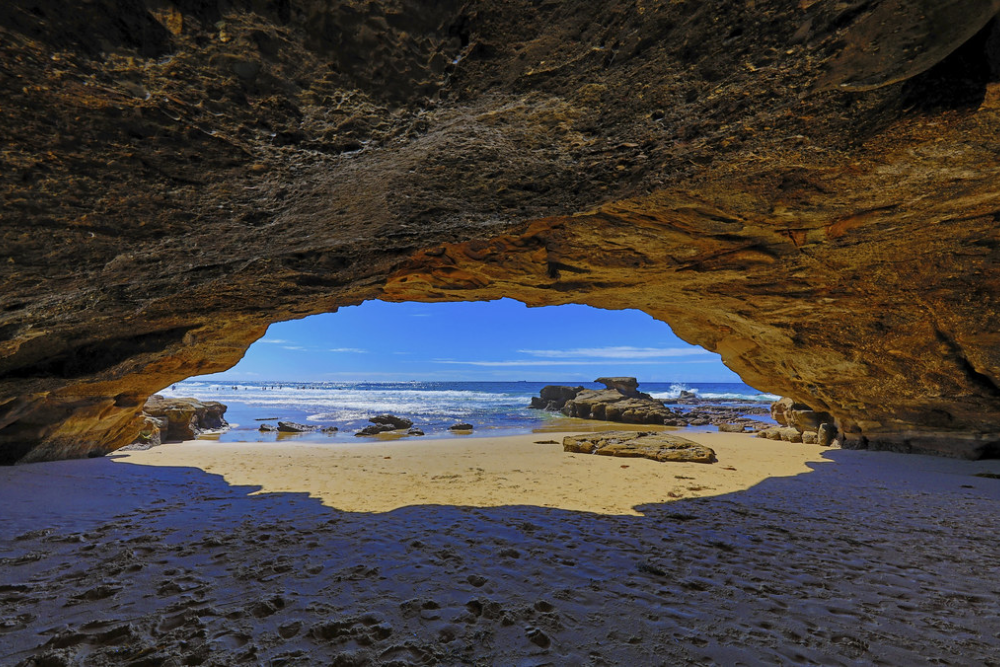
These unique formations combine specific air ion ratios with beneficial sound frequencies that create scientifically validated mood-boosting effects. Research shows that the particular combination of sea air and cave acoustics produces measurable improvements in psychological markers.
The unique patterns of light and shadow have been linked to improved mood states. Studies indicate that even brief exposure to these environments creates quantifiable benefits.
Dead Sea Shores
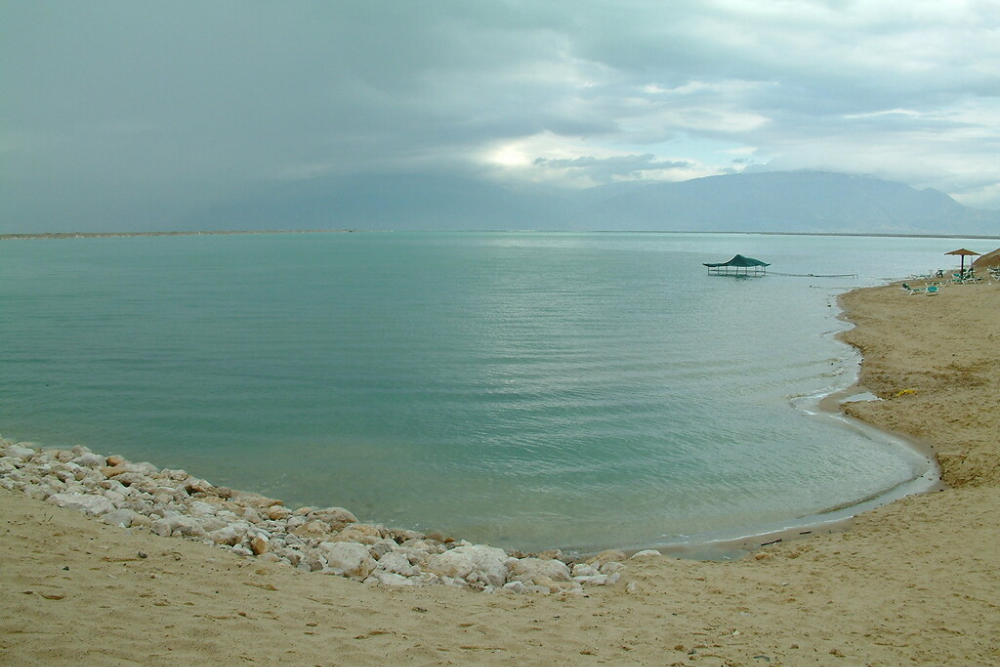
The unique mineral composition of this hypersaline lake creates scientifically validated mood-enhancing effects through both atmospheric and direct contact exposure. Research shows that the specific combination of mineral-rich air and high barometric pressure at 1,412 feet below sea level triggers increased production of mood-regulating neurotransmitters.
Studies have documented significant improvements in both psychological and physiological stress markers after just three days of exposure to this environment. The particular wavelengths of light reflected off the mineral-dense water surface have been shown to optimize circadian rhythm regulation and enhance natural melatonin production.
Like Travel Pug’s content? Follow us on MSN.
The Science of Happy Places
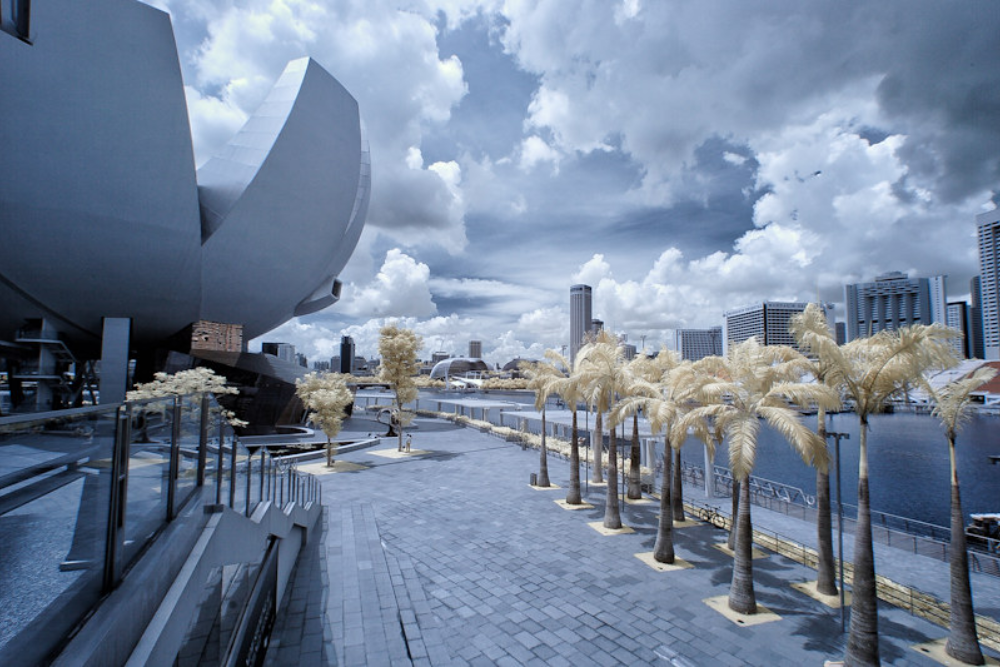
While personal preferences always play a role in how we experience different locations, these destinations offer scientifically validated benefits that go beyond subjective enjoyment. The combination of natural features, environmental factors, and local practices in these places creates measurable improvements in psychological well-being.
Understanding the science behind these happy places helps us appreciate why they make us feel good and how to maximize their benefits. Remember that while these destinations offer proven mood-boosting effects, the key to experiencing their benefits lies in mindful engagement with their unique characteristics.
More from Travel Pug

- 15 Dangerous European Cities to Avoid
- 15 Caribbean Islands Where Tourists Keep Getting Scammed
- The 20 Most Fascinating Abandoned Places: A Journey Through Time and Forgotten Spaces
- 15 Hidden Places in the Smithsonian Museums Locals Love: A Guide to Lesser-Known Treasures
- 16 Hidden Florida Beach Towns That Aren’t Overrun with Tourists
Like Travel Pug’s content? Follow us on MSN.
